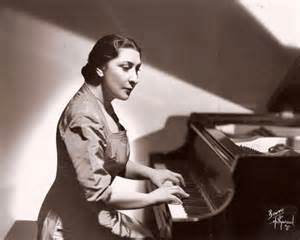
Felicja Blumental
Villa-Lobos : Piano Concerto No. 5
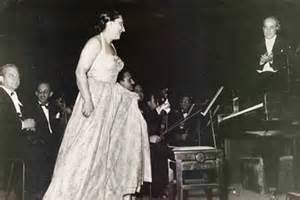
Felicja and Villa-Lobos
I had a chance to catch up with Felicja’s daughter, soprano Annette Céline.
JH: What was it like growing up in your household?
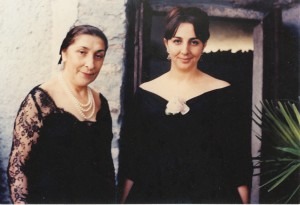
Felicja and her daughter, Annette
Czerny : Piano Concerto in A Minor, Op. 214
JH: Her escape from Europe was terrifying. How did she manage?
AC: It was 1939. My mother couldn’t get a visa. So my father went ahead to Brazil. My mother’s parents entreated Felicja to leave Poland. There was no money for them all to leave and she was pregnant with me. I was born in Luxembourg in 1939. My father went to all the great impresarios with reviews of my mother’s concerts, pleading with authorities to secure papers for us. Finally he was able to convince someone to engage my mother for a two-week concert tour of South America for which she was able to get a visa. We left Geneva on a horrible boat. Her tour was a huge success but tragically, my grandparents and all our family perished. She never got over it and we never went back.
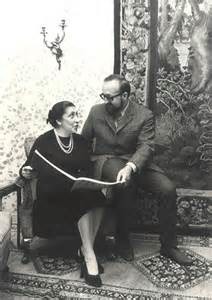
Felicja and Penderecki
AC: She was engaged to perform in Europe. It was very difficult to travel from Brazil so we moved first to Paris, then to Milano as they had the best recording engineers there. She recorded a lot, which attracted a great deal of attention. DECCA, in England, was interested in having my mother record Portuguese and Spanish Baroque music. Nobody played that music. Her recordings were an amazing success and It led to an offer to record all of Chopin’s Waltzes, Mazurkas and the Polonaises. DECCA sent a Rolls Royce to pick us up for the recording sessions!
JH: Were there difficulties as a woman artist?
AC: It was challenging. I’ll tell you this story. Years went by and the Chopin recordings were not released. Finally my father had a chance to ask the head of DECCA, “Why aren’t you publishing Felicja’s Chopin? The response was, “We have to publish Rubinstein’s Chopin because he is a man.” My mother auditioned many times in New York for conductors and presenters. Dimitri Mitropoulos, the famous Greek maestro, kissed her hands after she played for him and said, “I bless you.” He promised a New York engagement but it didn’t happen. Mizne inquired and was told, “If she dresses in a tuxedo we’ll take her.”
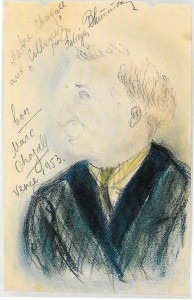
Blumenthal’s Marc Chagall
Twentieth century composer, Lutoslawski wrote his Variations on a Theme of Paganini for Blumental. When Penderecki was commissioned to create a new work for the Eastman School of Music’s 25th anniversary, Penderecki wrote his Partita for Harpsichord and Orchestra for Felicja, which they performed together more than fifty times. Her recording won the Grand Prix du Disque. Felicja’s repertory was broad. She recorded all the Beethoven piano concertos, and was an advocate of lesser-known works and unfamiliar composers such as Anton Arensky who wrote a lovely piano concerto. Blumenthal also recorded songs of Chopin, Strauss, and Poulenc with her daughter, Celine, an accomplished singer.
Strauss : Morgen, Op. 27, No. 4
JH: In memory of your mother, you’ve founded a Music Festival in Tel Aviv, and also Brana Records.
AC: My label is dedicated to restoring rare recordings of mother’s performances. I have been the Artistic Director of the annual Felicja Blumental International Music Festival for eighteen years, which promotes wonderful young artists.
Blumental also had a passion for art and artists. On her concert tours, she and her husband Markus, visited artists’ studios and galleries. She would often pose for the artists—painters Kokoschka, Chagall, Van Dongen, and while she sat, Blumental would also draw. Annette found portraits of artists and musicians whom Felicja admired—Marian Anderson, Eileen Farrell, Arturo Toscanini, Victoria de los Ángeles, Marguerite Long, Guiomar Novaes, Ida Haendel—composers, soloists and pianists she worked with. Annette showed me the drawing of Marc Chagall, which he signed and wrote: “Très Bon!”
Chopin : Mazurka No. 21 in C-Sharp Minor, Op. 30, No. 4
JH: What is Felicja Blumental’s legacy?
AC: My mother would say, “As a musician do not restrict yourself to music. Expose yourself to all the arts: visual arts, theater, poetry, opera. And compose, play, listen, in order to have ideas and color in your playing.”
Blumental passed away in 1991. Her recordings particularly of Chopin’s Mazurkas are considered brilliant interpretations even today.
Felicja Blumental 1958
Official website
Felicja Blumental International Music Festival

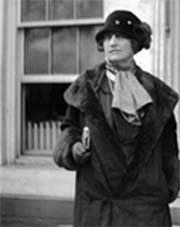
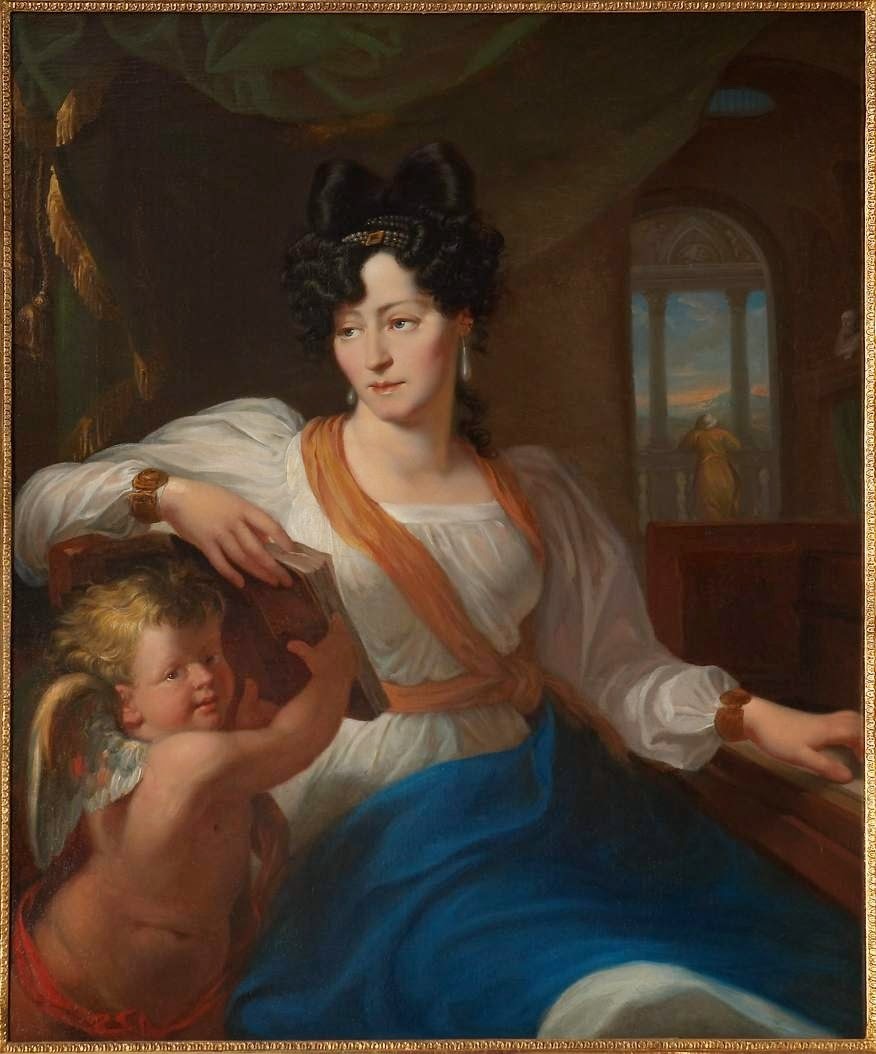

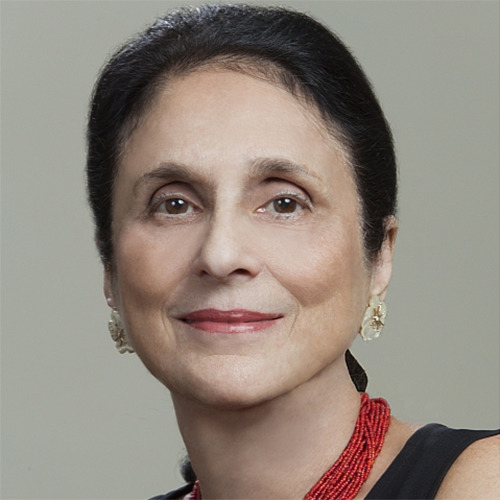
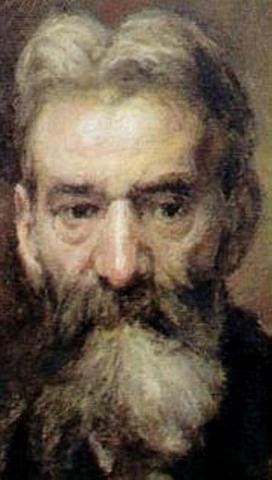


Great talent and a great family who contributed so much to the world of the arts and music scene. May they all be of blessed memory.